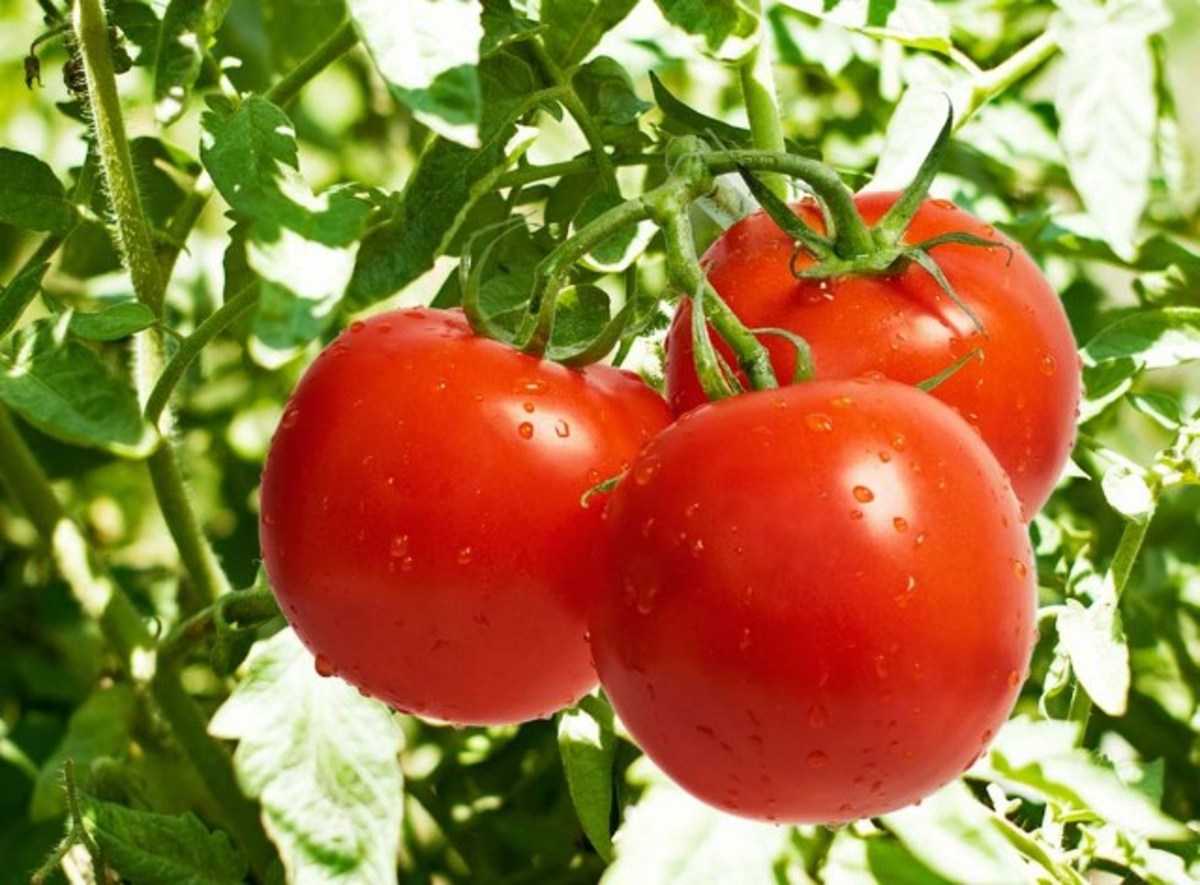The juicy, delicious tomato is a staple in kitchens around the world today. From being sliced for burgers to being cooked down into rich, hearty pasta sauce, tomatoes are a versatile fruit that adds flavor and nutrition to many dishes Hard to imagine that this popular produce was once shunned and feared! Centuries ago, tomatoes went by a very different name – the “love apple”
A Misunderstood Fruit
Tomatoes are native to South America, and were first cultivated by the Aztecs and other ancient Mesoamerican civilizations. Spanish conquistadors then brought tomato seeds back to Europe in the early 16th century. However, most Europeans initially avoided eating tomatoes. The ripe, red color was misleading – tomatoes were assumed to be poisonous, like deadly nightshade and other toxic plants in the nightshade family
Some botanists declared tomatoes had aphrodisiac effects, so the fruit started being called “love apples”. This intriguing name also came from the Italian word “pomo d’oro” meaning “golden apple”, which described tomato’s yellow variety. In French, tomatoes were dubbed “pommes d’amour” or love apples.
Slow Acceptance Around the World
For nearly 200 years, most Europeans remained highly suspicious of tomatoes. Some brave souls began eating tomatoes in Spain and Italy by the late 1600s, usually mixed with other foods to dilute the feared effects. Over time, negative associations faded as people realized tomatoes were not poisonous.
Tomatoes were brought to Asia in the 17th century through trade routes, but were initially grown as ornamental plants only. Eating tomatoes spread first through the Philippines, then to China and the rest of Asia by the late 1800s.
In North America, most colonists were afraid to consume tomatoes until the mid-1800s. Rural farmers were some of the first to start cultivating tomatoes, whose acidic flavor paired perfectly with meats and cheeses. Within just 50 years, tomatoes became a beloved pillar of American cuisine.
From Obscurity to Ubiquity
What led to the tomato’s incredible rise in popularity despite its inauspicious start? A few key factors:
-
Advances in cultivation – farmers began growing new tomato varieties optimized for yield, shelf life, and taste. Diseases like tomato blight were also managed more effectively.
-
Nutritional value realized – science revealed just how nutritious tomatoes are, loaded with vitamins A, C, and lycopene. Their value for health made them more desirable.
-
New preservation methods – canning technologies allowed tomatoes to be enjoyed year-round, not just fresh in summer. Canned tomato products like sauce and ketchup surged in the 1800s.
-
Innovative recipes – bold cooks devised flavorful new ways to incorporate tomatoes into recipes. Creative dishes showcased tomato’s adaptable sweet-tart flavor.
From poisonous oddity to beloved produce, the tomato’s remarkable history proves just how quickly foods can transform from obscurity to ubiquity with the right shifts in farming practices, technology, nutrition science, and culinary innovation. While the original fearful associations with deadly nightshade may have spawned the exotic name “love apple”, the taste of tomatoes quickly spoke for itself – earning the tomato a permanent place in the world’s kitchens and hearts.
CANNIBAL TOMATO : This Plant Was Once Eaten With HUMAN MEAT – Weird Fruit Explorer
How many letters does tomato was once called this have?
This crossword clue belongs to CodyCross Inventions Group 53 Puzzle 4. The answer we have below for Tomato was once called this has a total of 9 letters. Before giving away the correct answer, here are some more hints and tips for you to guess the solution on your own!
Where did tomatoes come from?
Native versions were small, like cherry tomatoes, and most likely yellow rather than red . The tomato is native to western South America and Central America. In 1519, Cortez discovered tomatoes growing in Montezuma’s gardens and brought seeds back to Europe where they were planted as ornamental curiosities, but not eaten.
Why is the tomato called a ‘poison d’amour’?
The French referred to the tomato as pommes d’amour, or love apples, as they thought them to have stimulating aphrodisiacal properties. In 1897, soup mogul Joseph Campbell came out with condensed tomato soup, a move that set the company on the road to wealth as well as further endearing the tomato to the general public.
When did tomatoes come to Europe?
In 1519, Cortez discovered tomatoes growing in Montezuma’s gardens and brought seeds back to Europe where they were planted as ornamental curiosities, but not eaten. Most likely the first variety to reach Europe was yellow in color, since in Spain and Italy they were known as pomi d’oro, meaning yellow apples.
- The Ultimate Guide to Growing Strawberries in Raised Beds - August 8, 2025
- No-Dig Garden Beds: The Easiest Way to Grow a Beautiful Garden - August 6, 2025
- How to Protect and Preserve Wood for Raised Garden Beds - August 6, 2025

